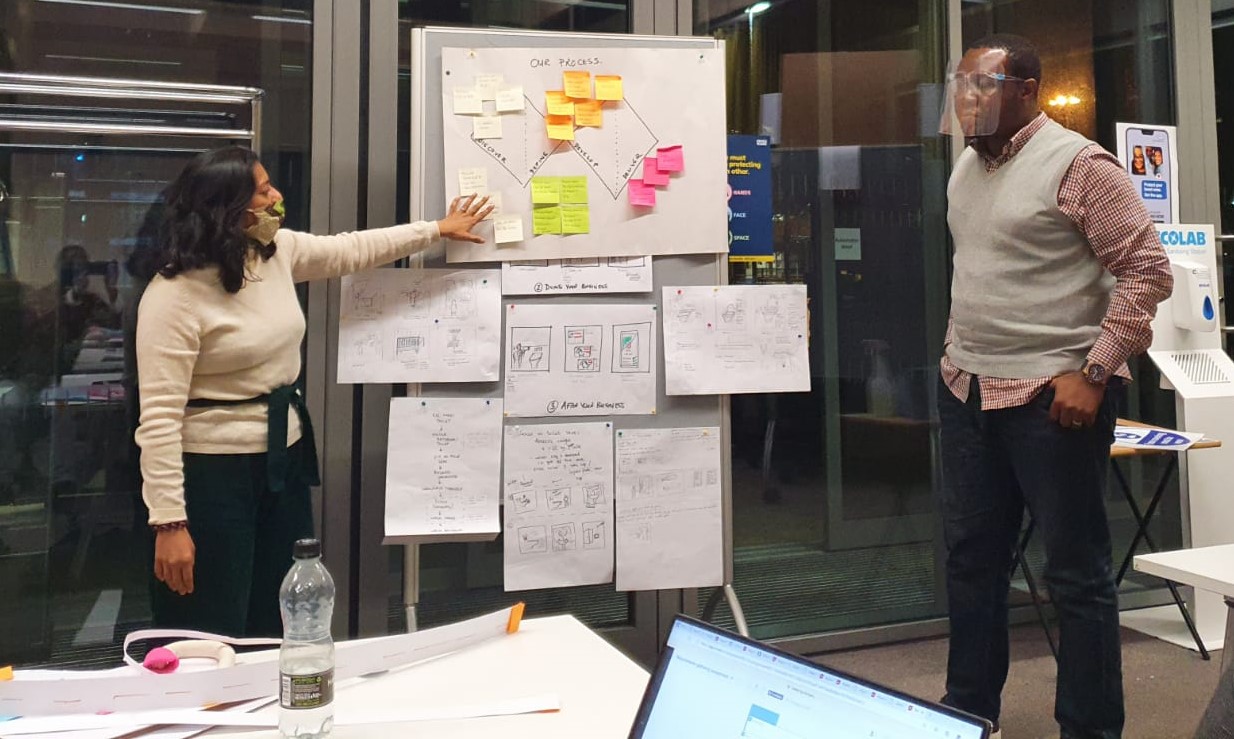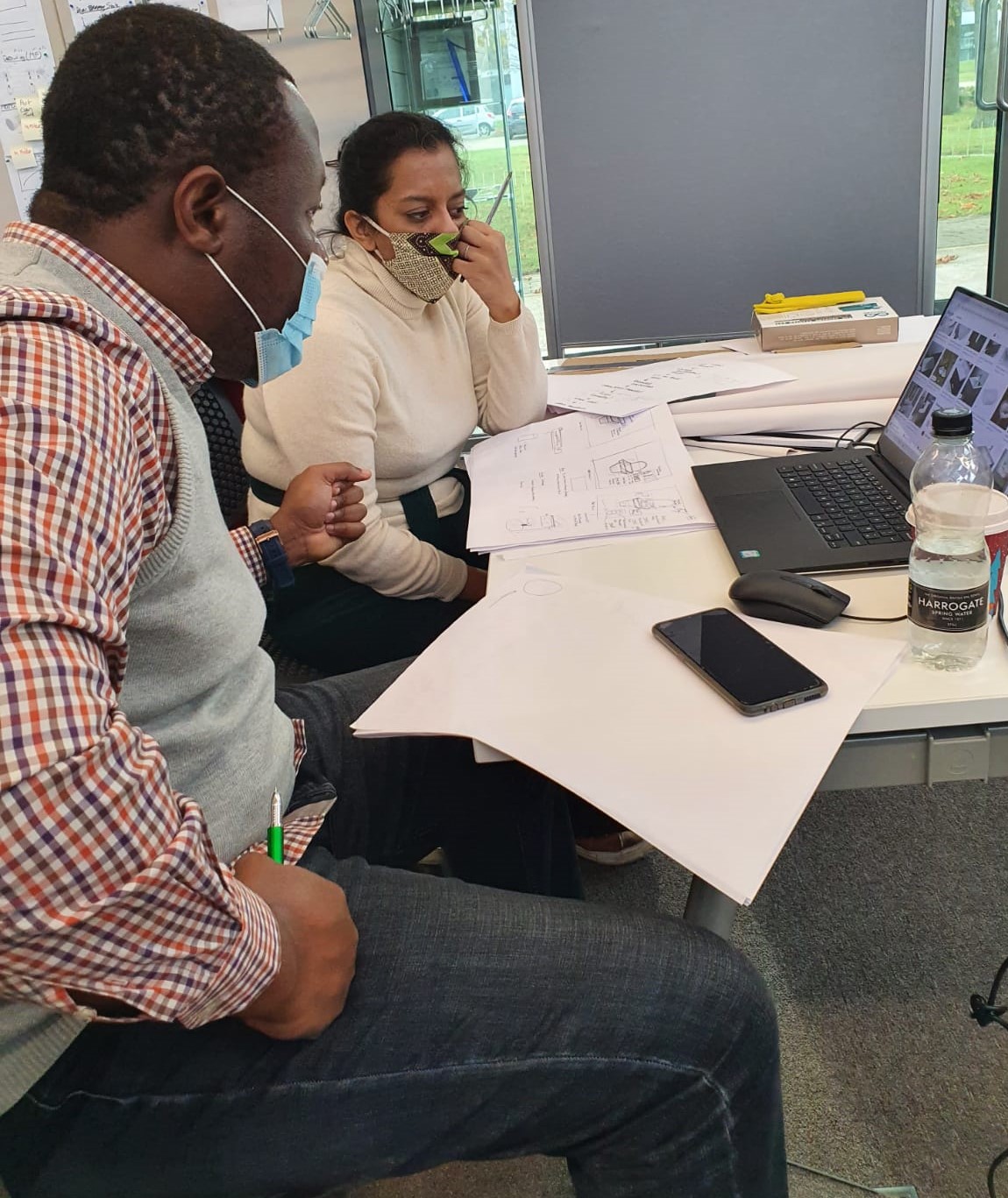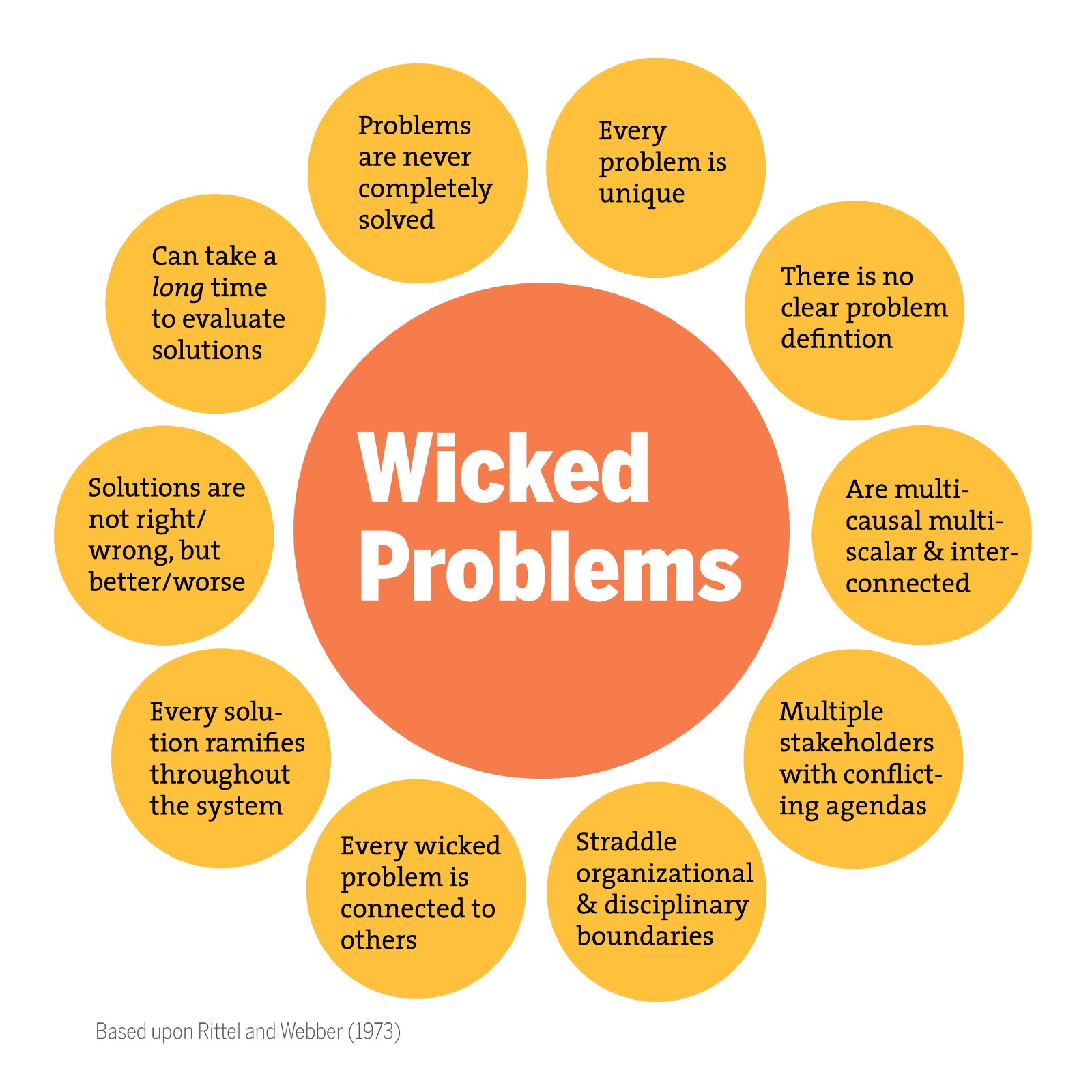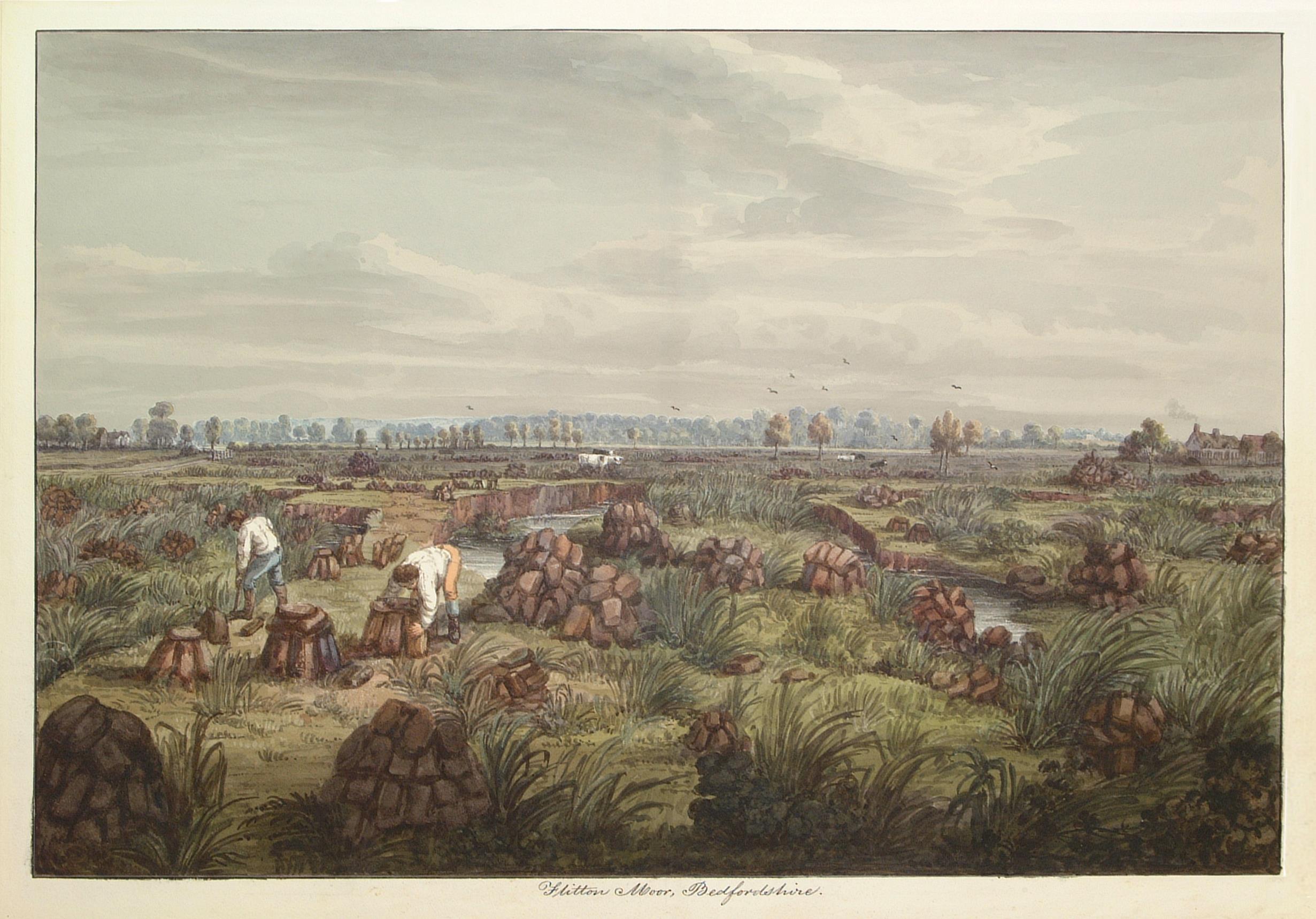Designing for Wicked Problems
01/02/2021

The challenges occasioned by the Covid-19 pandemic generated lots of mixed feelings for me and I believe for other students as well at the commencement of the current Design Thinking MDes session. Mainly because the movement restrictions as a result of the safety protocols introduced by the government and the school to help stem the spread of the disease meant that we couldn’t participate in many face-to-face group activities as we would have loved to or make several site visits which were a common feature of the program in previous years. However, there were some silver linings that are worthy of mention.
Our abilities as students to adapt to the current situation (a major skill requirement for the next decade) was brought to the fore. For instance, I remember at the early days of the program, I had to joggle a lot of things. At one point I recalled receiving lectures and participating in group discussions while about to go in for my Covid-19 PCR test which was a requirement for international travelling in my country. At another point, our class worked on an industry led assignment while I was in the mandatory 14-day quarantine for foreigners who recently arrived in the UK. We leveraged new collaborative software applications that enabled us accomplish the task and deliver on the project despite working remotely. The feedback on the final delivery despite the constraints were very positive and heartwarming.

The lectures especially those from the guest lecturers were inspiring and true to its purpose, lit light bulbs of creative and innovative ideas in my mind. Design for Behavioral change rings a loud bell. Same goes with the technology and prototyping sessions which afforded the entire students in the module (we had students from other program join this class) to conceptualize, design and prototype technologically driven products and services. I hope in the nearest future, some of the ideas prototyped and showcased during that class project will be real products donning shelfs in supermarket or people’s homes.
Another high point of the MDes program for me so far was my introduction to the concept of wicked problems in the Whole systems Design module, that is where this write-up got its name.
Wicked problems are complex problems. They have very many interdependent parts that are constantly changing and evolving thus making the problem very difficult or near impossible to solve.

Image credit: That’s a Wicked Problem… | The Society of Philosophers in America (SOPHIA)
Professors Horst W.J. Rittel and Melvin M. Webber who coined the term wicked problem in their 1971 paper “Dilemmas in a General Theory of Planning” listed ten characteristics of wicked problems and every one of them lend credence to the complex nature of wicked problems.

(Source: CMU Transition Design, Irwin & Kossoff)
Even though these problems can be encountered on an organizational, national or global level, some things about wicked problems are constant, for example human beings are major stakeholders who either contribute or are impacted by the wicked problems. Secondly, you can have several attempts at providing solutions to wicked problems as there are no one silver bullet solution for them. Thirdly and related to the second point is that there are no specific skill requirements to generate solutions for wicked problems meaning that solutions can come from any field of endeavor or from any quarter so far, its contribution to ameliorating the effects of the problem is tangible. Finally, collaboration amongst various disciplines, teams, organizations, nations e.tc is a key requirement for generating solutions to wicked problems.
From the above, it is obvious that the concept and frameworks of Design Thinking can be applied to generate numerous solutions for any identified wicked problem. In fact, Richard Buchanan through his 1992 paper titled “Wicked Problems in Design Thinking” made the connection between Design Thinking and the innovation strategies needed to start addressing wicked problems.
My home country Nigeria, is plagued with a lot of wicked problems, ranging from poverty, unemployment, low quality healthcare services to lack of financial Inclusion. However, these problems present huge opportunities for passionate individuals from different backgrounds, working with like minds to Design and commercialise innovative solutions in Fintech, Health-tech and food-tech spaces to address these wicked problems. This is the main reason I decided to do the Design Thinking MDes as I’m very optimistic that in the nearest future, in collaboration with others, I will Design for Wicked problems in Nigeria and beyond, feel free to come join the design train.
Categories & Tags:
Leave a comment on this post:
You might also like…
My PhD experience within the Centre for Air Transport at Cranfield University
Mengyuan began her PhD in the Centre for Air Transport in October 2022. She recently shared what she is working on and how she has found studying at Cranfield University so ...
In the tyre tracks of the Edwardian geologists
In April 1905 a group of amateur geologists loaded their cumbersome bicycles on to a north-bound train at a London rail station and set off for Bedfordshire on a field excursion. In March 2024 a ...
How do I reference… images, figures, and tables in the APA7 style?
So you want to use an image or table in your assignment that you didn't create yourself - but you don't know how to cite it? Read on to find out how. Any images, figures, ...
Forensic Archaeology and Anthropology students Grace and Trish on life at Cranfield
“Me and Grace met during our undergrad in Ireland, and we’ve been inseparable ever since to the point that we followed each other to another country to do our master’s” – Trish Commins Forensic ...
My Apprenticeship Journey – Taking on a New Challenge
Philip Carey, Senior Environmental Test Engineer at defence company Martin Baker is currently undertaking the Explosives Ordnance MSc Apprenticeship, with the three-year course being partly funded through his employer’s apprenticeship levy payments. ...
New AI feature in Scopus: one month trial
Library Services has organised a month-long trial to a new AI feature on Scopus, ending on 8 May. You can find the tool on the main menu in Scopus as a new tab. Scopus AI ...







This is positively provocative for people who are incubating a desire to make a difference in the art of providing creative solutions. I believe creating solutions cuts across the entire scope of the concept of problems.
Great piece Bro. I think this write up is a good material for publishing.
Nice one.
I personally believe that this is relevant in some emerging or developing economies. Though the level of complexities may be different, it will help chart a course for ensuring sustainable solutions are in place.
In Nigeria, where I operate as a Business Consultant, the uniqueness of the design for a wicked problem begins with the thought of it. So, where poverty, unemployment, poor healthcare and the huge trough in financial inclusion have been mentioned, the presence of unstable government policies, insecurity and high level of illiteracy are overwhelming.
I personally would therefore suggest that in designing such wicked problems, sectional solutions would be invaluable in the comprehensive design to the research fellow who must be able to discuss this meaningfully.
Regards.